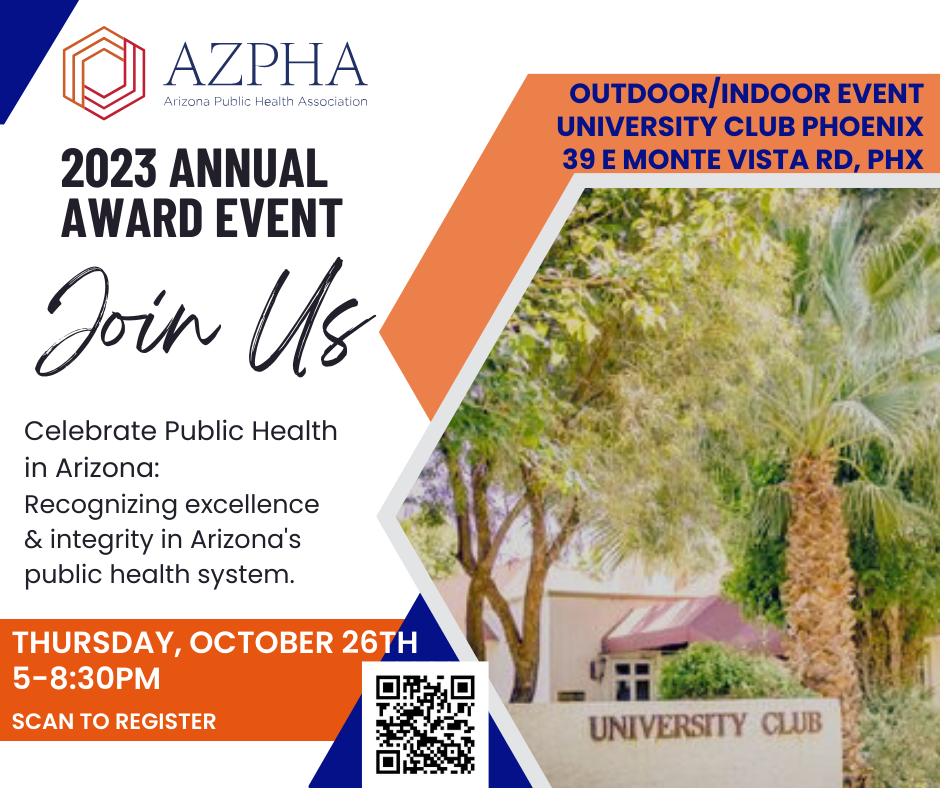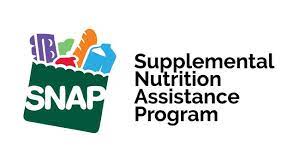Last week the Biden Administration launched the American Climate Corps, a workforce training and service initiative that will ensure more young people have access to the skills-based training necessary for good-paying careers in the clean energy and climate resilience economy.
American Climate Corps Website
The American Climate Corps will offer paying jobs to 20,000 young people putting them to work conserving and restoring our lands and waters, bolstering community resilience, deploying clean energy, implementing energy efficient technologies, and advancing environmental justice.
One of the goals is to provide career paythwas and skills in the clean energy and climate sectors after they complete their paid training program.
Sign up to learn about how you can join the American Climate Corp here: American Climate Corps | The White House






